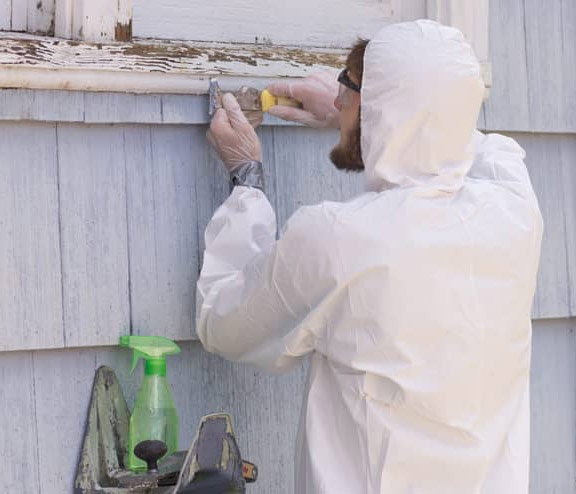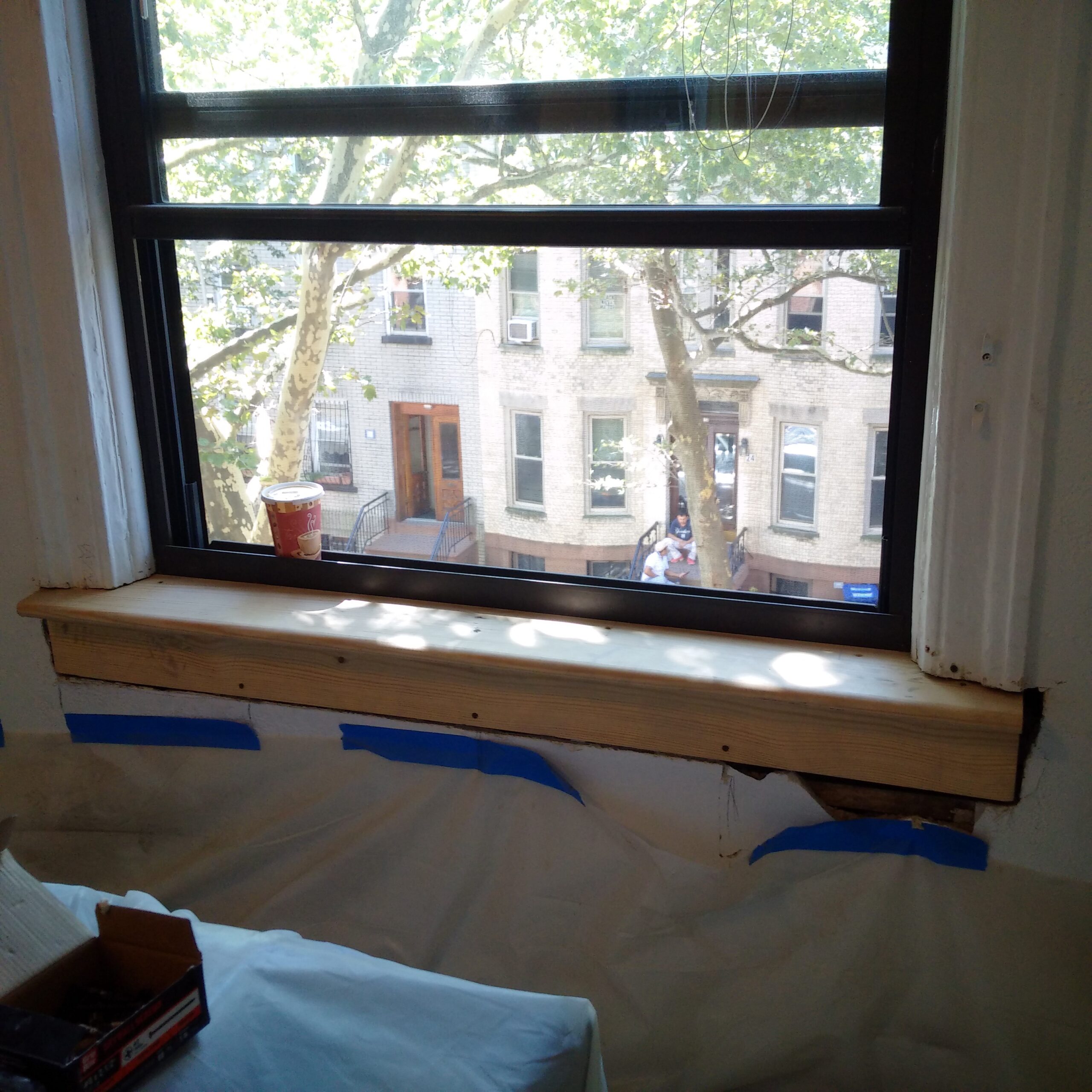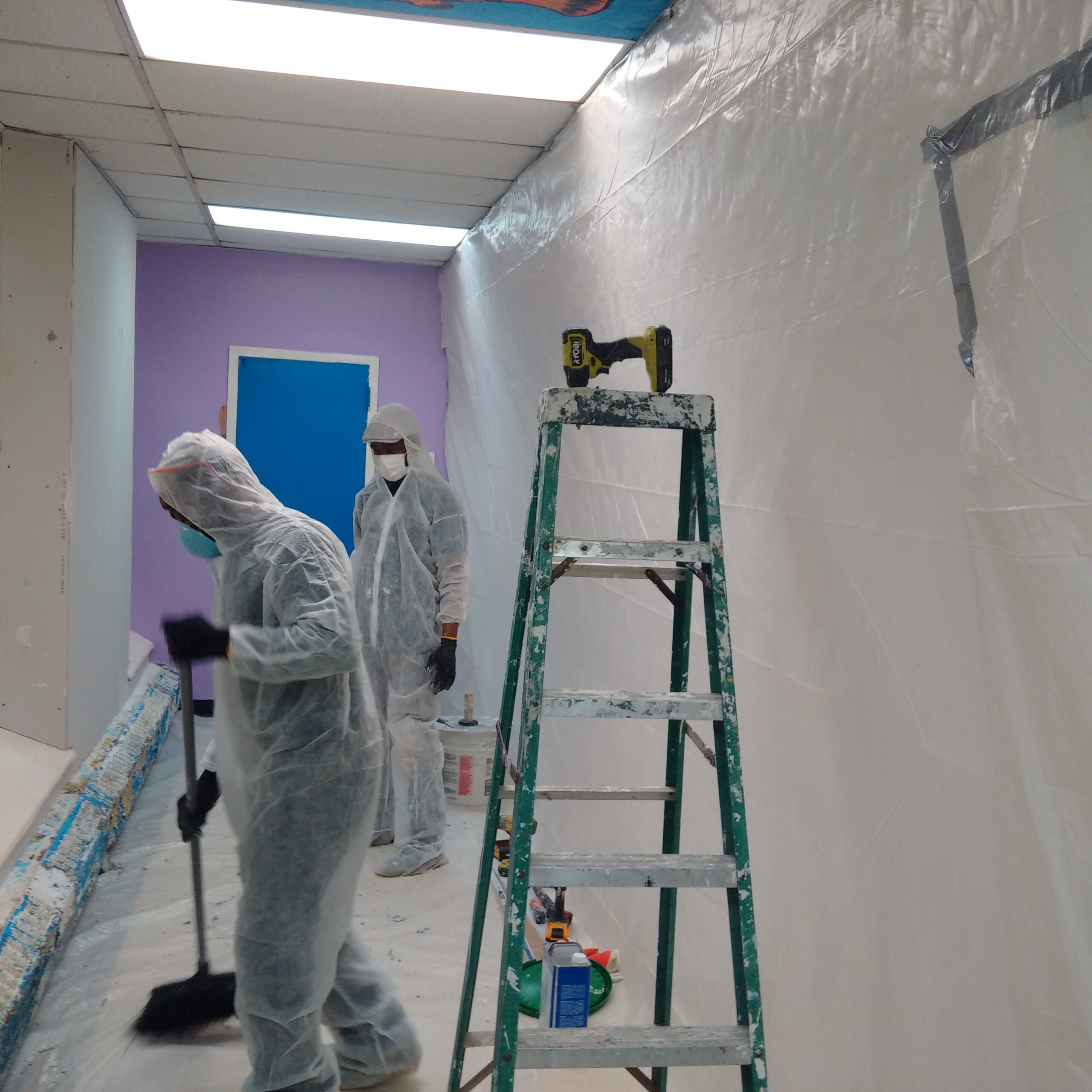Expert Lead Paint Removal Company-- Serving All NYC Boroughs
Expert Lead Paint Removal Company-- Serving All NYC Boroughs
Blog Article
Ideal Practices for Guaranteeing Safe and Thorough Lead Infraction Reduction
Addressing lead offense abatement calls for a multi-faceted technique to make sure both safety and security and conformity. It's the last clearance procedure, including extensive evaluations and laboratory screening, that absolutely validates a lead-free atmosphere, guaranteeing long-term safety. Just how do these techniques interconnect to guarantee comprehensive lead reduction?

Preliminary Assessment
Conducting a first evaluation is a crucial initial step in lead violation reduction. This phase encompasses a comprehensive assessment of the residential or commercial property to recognize the existence, extent, and certain locations of lead-based threats. Qualified specialists, such as licensed lead inspectors or run the risk of assessors, need to do an extensive website evaluation, making use of tools like X-ray fluorescence (XRF) analyzers to properly spot and gauge lead concentrations in paint, dirt, dirt, and water.
The evaluation needs to likewise include an evaluation of the building's background, previous records, and any type of issues or health concerns reported by passengers - Lead Removal Contractors. Documenting the searchings for meticulously is necessary, as these documents develop the basis for creating an effective abatement method. A comprehensive evaluation additionally entails sampling and lab evaluation, which are critical to confirm the existence of lead and overview succeeding actions
Additionally, it is critical to communicate the results transparently to all stakeholders, consisting of residential property proprietors, tenants, and regulatory authorities. By making sure that the preliminary analysis is performed with accuracy and roughness, professionals can lay a solid foundation for a targeted and reliable lead reduction process, ultimately guarding public health and making certain conformity with governing criteria.
Proper Control
Proper control is critical to stop the spread of lead pollutants during reduction activities. Effectively handling containment decreases the danger of lead dust and particles migrating to non-work locations, thereby protecting both the setting and people outside the immediate job area.

Normal assessments of the containment location are necessary to look for breaches or weak points in the barrier. Any kind of determined issues must be promptly resolved to maintain the honesty of the containment. By sticking to these methods, abatement jobs can effectively manage lead contamination and mitigate connected health dangers.
Employee Protection
Making certain worker security is paramount during lead reduction tasks to avoid job-related exposure to harmful lead fragments. Vital actions include the use of individual safety equipment (PPE) such as respirators, handwear covers, and full-body suits particularly created to obstruct lead dust and fumes. Workers must undertake comprehensive training on the right use and upkeep of PPE, including fit screening for respirators to guarantee maximum effectiveness.
Design controls, such as neighborhood exhaust ventilation systems, are important in lessening air-borne lead focus in the workplace. Administrative controls ought to likewise be executed, consisting of limiting the period of direct exposure and rotating workers to decrease private direct exposure times. Normal clinical security and biological monitoring are important for very early discovery of lead absorption, allowing prompt intervention and treatment.
Moreover, establishing a decontamination procedure is important. Workers should comply with strict decontamination procedures before breaks and at the end of their change to prevent lead dirt from being lugged outside the workspace. This includes extensive hand and face washing with lead-specific cleaner and changing out of contaminated clothes.
Precise Cleanup
Maintaining a secure workplace extends past employee security and encompasses meticulous clean-up to make sure lead fragments are completely removed from the site. The process of directory meticulous clean-up is important in avoiding the recontamination of the mellowed out location and protecting both current and future owners.
To accomplish an extensive cleaning, all workplace have to be systematically decontaminated. This includes the use of specialized HEPA (High-Efficiency Particulate Air) hoover and wet-wiping techniques to record and remove great lead dust that might have picked surface areas. It is necessary to clean up all straight surfaces, consisting of floorings, window sills, and countertops, in addition to vertical surface areas that may have caught lead particles.
Workers have to use ideal personal safety equipment (PPE) during cleaning to avoid direct exposure to residual lead dust. Made use of cleaning materials such as wipes, sponges, and wipe heads should be thrown away according to contaminated materials disposal laws.

Final Clearance
Final clearance is the important ending stage of lead reduction that establishes whether the website is safe for reoccupation. This crucial step includes comprehensive examination and screening to confirm that all lead threats have been effectively gotten rid of.

Final clearance testing not only protects future occupants yet additionally makes sure compliance with local, state, and government guidelines. It offers as a documented validation of the reduction professional's adherence to industry anchor ideal methods. Ensuring a thorough and effective final clearance is crucial in securing public wellness and fostering trust in the reduction process.
Verdict
Guaranteeing secure and detailed lead infraction reduction requires a complex method incorporating preliminary analyses with sophisticated detection methods, efficient control techniques, rigorous worker defense protocols, and careful cleaning procedures. The last clearance stage, featuring in-depth inspections and lab screening, is critical to verify conformity with EPA criteria. Adherence to these best methods assures a safe atmosphere for owners, mitigates health and wellness threats, and upholds regulatory demands, therefore promoting public health and safety in lead-affected areas.
Report this page